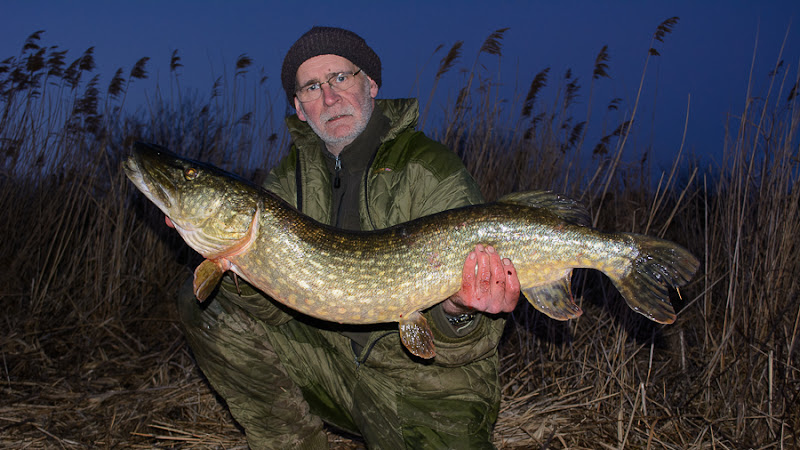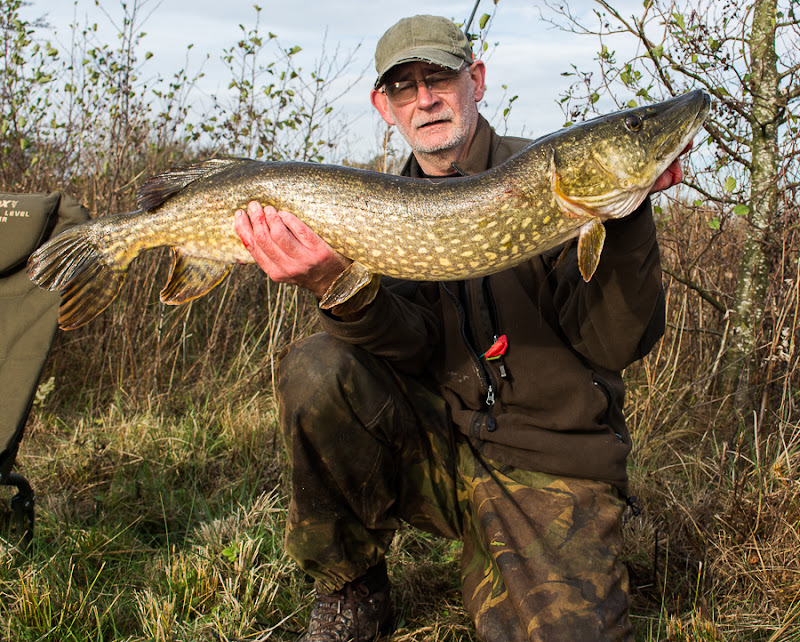i decided to get a separate light meter to give an accurate reading. the difference as I understand it is a camera picks out different colours in the shot, converts them to an average grey scale and get the photo. A light meter only read the actual light so is more accurate.
I have a 1970's, War Era, Russian 'Leningrad' Selenium Cell light meter. Sort of partners my similar era Russian Zenit film camera, that has no in-built 'through the lens', let alone 'coupled', meter. 1930's 'electrical engineering', its a fantastic device, that requires no batteries. It is just as 'accurate' as the sophisticated matrix metering system in my Nikon DSLR, or the wonderful 'multi-mode-meter' in my old Olympus OM4, and calibrates up against any of them, or more modern 'studio' meters to within 1/10th of a stop... But accuracy means little.. I can very accurately measure an 'bad' exposure value...... and just as accurately make 'bad' camera settings based on it!
Between completely under exposed 'black' and utterly blown out 'white', you probably have a range of perhaps twenty 'stops' of different exposure values. Some-where in the middle, you get a photo with a full range of tonal range, but you can shift the mid-point, your 'exposure' settings, perhaps five stops either way, up or down and still get a useful image, while almost ANY exposure settings within one or two stops of that mid-point, can still be 'good', and almost indistinguishable when viewed.
"Accuracy" Doesn't really matter all that much very often... it's like trying to chuck a pea in a bucket.... you have a big 'target' to aim for. It only starts to get more important when you have a high contrast scene, and the 'detail' you want to capture is at either end of the range, with a lot of detail in shadow and a lot of detail in high-lights, and you want to capture it all, but a 'middle' exposure setting makes the shadow detail too dark, and the high-light detail too light... now, instead of chucking a pea at a bucket, you are tossing a foot-ball, that only 'just' fits.... or worse, a beach-ball that doesn't.. in which case you have to decide whether you want to still aim for the mid-point and 'loose' equal amounts of shadow and highlight over hanging the rim of the bucket either side, or whether you want to 'skew' the shot a bit from centre, and get the shadow in and loose the high-light or get the high-light in, and loose the shadow... but STILL how 'accurate' the meter is, is of little importance....its knowing what you are looking at, and what you want to achieve!
THIS!
Is the most 'accurate' light meter you will ever own! Its learning to understand what it is telling you and translating that t camera settings that's the tricky bit....
A Digital Camera doesn't 'make' a photograph. Its Digital. It 'takes'' millions and millions of actual 'spot- meter' readings.. (it is probably the most sophisticated meter you can get your hands on!) ,it takes three tiny tiny 'spot-meter' readings for every pixel! One for red light, one for green light, one for blue... records them all in a data-file, and then, whatever 'drives' the screen or prints the picture on a bit of paper, you look at that 'photo' on, looks at the millions of meter readings and 'paints by numbers' the picture the camera 'saw'' from those individual meter readings'. A hand-Held light meter? (usually) takes just ONE... meter reading.... that it suggests as 'average' for the whole scene.
Both can 'suggest' a bang on 'accurate' exposure value for the scene you are looking at.. but which one knows the full 'range' of tones and colours within it? Which one MIGHT be able to look at the high-lights and low-lights and 'skew' the suggested settings one way or other, 'presuming' to offer a little 'expert know-how', and favour 'high-lights' over shadow, for example?
But neither a hand held meter or a camera really 'knows' what you are looking at, be it a very bright scene of a white rabbit in a sowie field, or a very dark scene of a black cat in a coal-hole! YOU DO.. use your eye!
Little point accurately measuring ambient light levels, or taking hundreds of spot meter readings to assess contrast range, if you don't know WHY you are doing that, or what to do with all the highly 'accurate' data you collect, to make 'better' camera settings than an 'auto' program would offer!
If you are a slave to the meter, and always do what it tells you to do.. doesn't really matter what kind of meter it is, how 'accurate' it is or how 'sophisticated'; nor does it matter how 'automated' it is or isn't with the camera, and whether the meter sets the ISO, shutter and aperture settings for you 'automatically' or you set them all yourself 'manually'.
You have to know, WHAT settings might make a better photo! You have to know what the ISO, Shutter and Aperture DO to your photo, to know how you might make a better one..only then, does the exposure value start to matter.
f16-Sunny
f16-Sunny 'guide' suggests that on a nice 'sunny' day with clear sky, 'typical' ambient light levels, would beg 'settings' of f16, and a shutter speed of one over the ISO setting. Approx EV6 or EV7, by my meter, or in settings, f16, ISO100, 1/100th, or permutations on that.
And THAT is how I 'metered' very very IN-accurately that photo!
Grand-Daughter had bee brought round and was playing the back garden, and I had an old 'manual' 135mm lens on an adaptor on the DSLR, which meant that the camera wouldn't focus for me, nor make any settings for me, or even offer a meter reading...
So I looked at the sky, I looked at the scene I used my EYE! And a little know-how!
I wanted a shallow Depth of focus to throw the clutter the garden out of focus, but I needed a reasonably high shutter speed to avoid blur, from the tight 'framing' (And tendency of six year old to move a bit quick!) Sky was a little cloudy, and it wasn't 'so' sunny, spring time; so I set f16, ISO100, and 1/100th, then opened up the aperture, I think, four stops to f4, and upped the shutter a stop to 1/200th, 'estimating' my ambient light was about 3 stops 'under' f16-Suny... but I had a polariser on, so I twisted that for best effect, dimming the image, so I opened up another stop to f2.8 and dropped the shutter 2/3 stop back to 1/125 to compensate....ALL BY EYE... no meter required. Just a little know how... first bit of know-how being... you don't need to be all that accurate! But you DO have to know what the shutter does, and what the aperture does, and when you know better what you want, than the camera's programmer might have guessed for you!
Of all the things in photography we need to manage... exposure 'accuracy' is probably one of the least 'critical' in my opinion!


 For a thread
For a thread Flow
Flow






